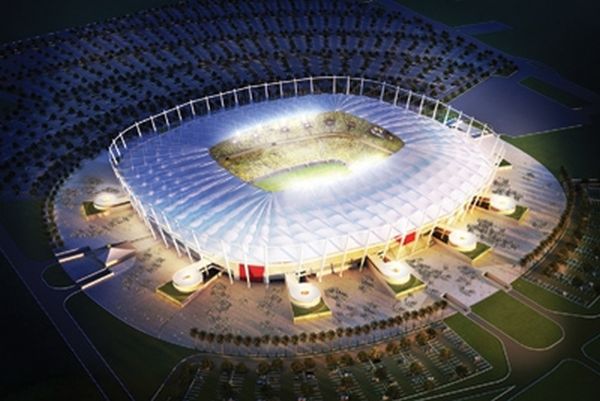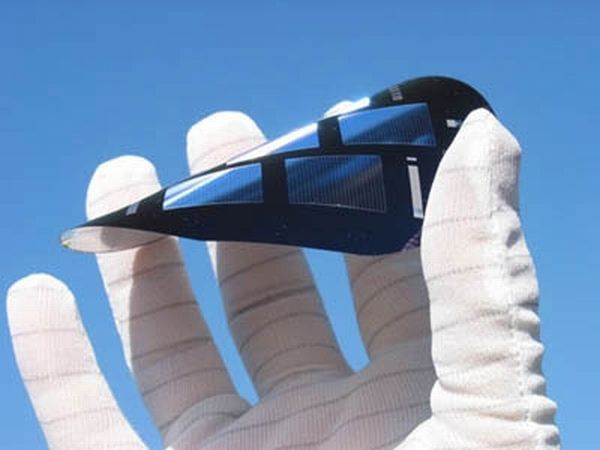Roofing of sports arenas is an ideal place to implant solar cells to produce large amount of power. The energy gathered can be used to power up the dressing rooms, corridors and even the floodlights of the stadiums. The Brazilian government is working toward embedding solar cells and other sustainable technologies to its stadia for the 2014 Football World Cup.

Building Integrated Photovoltaics (BIPV) is grabbing large attention these days. Installation of BIPV is a standard way to turn stadiums of big sports events into solar power units for reaping energy. Most soccer stadiums feature advanced and lofty roofing. Integration of advanced photovoltaic solar cells into the roofing of the stadia won’t add much extra to the overall spending.
Qatar surprisingly won the bid to host the 2022 World Cup thanks to the Gulf country’s plan to implement state of the art green stadiums for the event. But, Brazilians are now working hard to host the world’s first green football spectacular in 2014 leaving eight more years for Qatar to show off its solar technologies.
The Brazilian government made its first announcement regarding the project in September 2011. It announced that at least 12 tournament stadiums would be revamped with a minimum sustainability standard. The National Bank of Economic and Social Development (BNDES) will financially support the stadium authorities to rework the arenas with the sophisticated solar and sustainable technologies of the day.
Renovation work of most projects is set to wrap up by the end of 2012. The stadia will get solar panels that are capable to produce 2.5 MWp of power, which will be enough to meet around 50 percent of a stadium’s energy needs. The estimated cost for the project is around $486 million, but this money can be covered in savings of electricity bills in several years.
Via: RenewableEnergy




